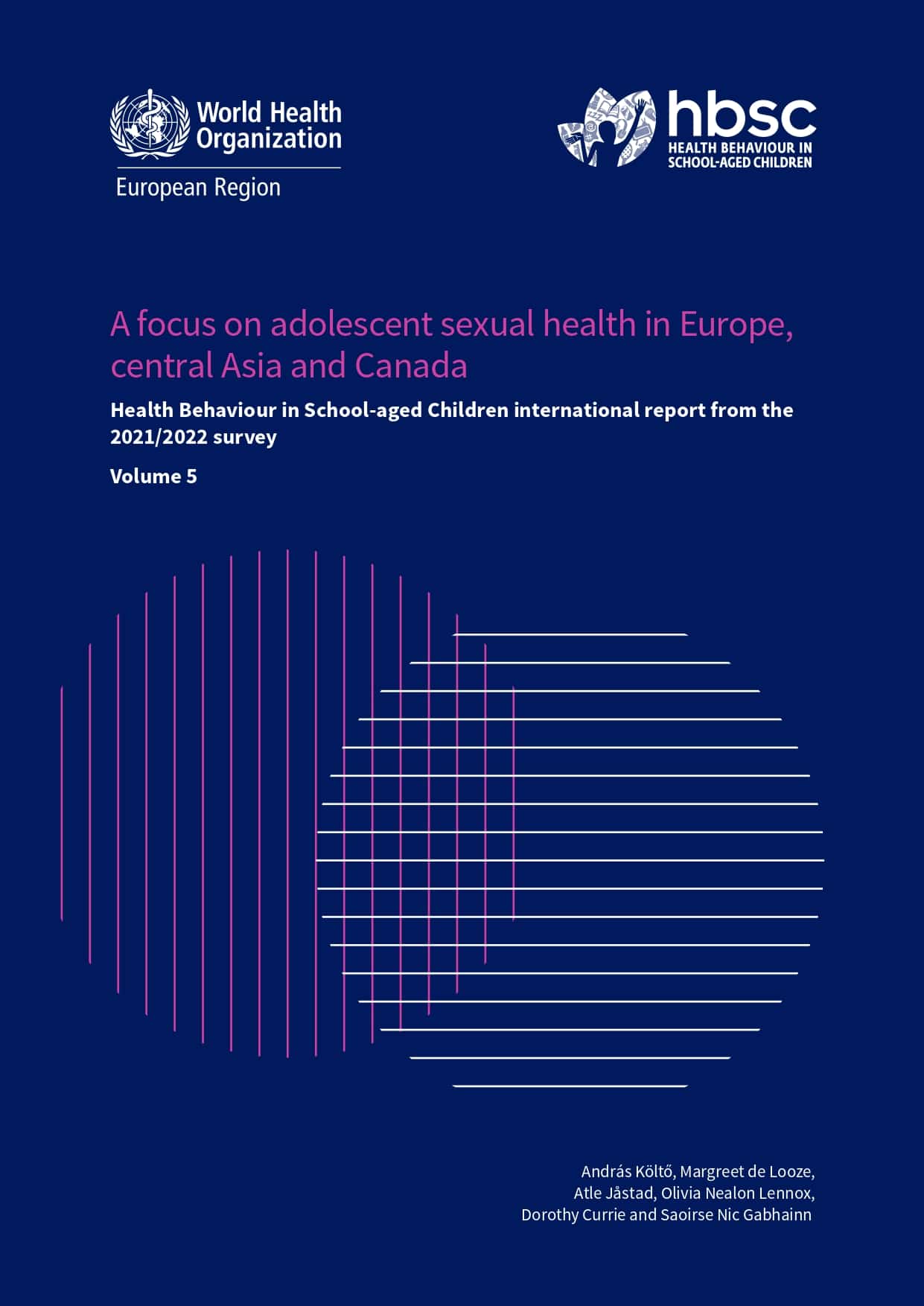Topic
Sexual health
Adolescence is a critical period for sexual development, marked by physical changes, emerging romantic and sexual interests, and the formation of sexual identities. Understanding the sexual behaviours, knowledge, and attitudes of young people is crucial for promoting healthy relationships, preventing sexually transmitted infections, and reducing unintended pregnancies. However, addressing adolescent sexual health requires sensitivity to cultural, social, and developmental factors.
This section of the HBSC study explores various aspects of adolescent sexual health, including sexual activity, contraceptive use, and safe sex practices. By examining these factors, we can gain valuable insights into the sexual health needs of young people, identify potential risks, and inform the development of comprehensive sex education programs and youth-friendly sexual health services that support healthy decision-making and well-being.
Select one of the indicators below to view data.
Key Findings
A focus on adolescent sexual health

- In 2022, one in five (20%) 15-year-old boys and one in seven (15%) 15-year-old girls reported having had sexual intercourse. The proportion of adolescents who reported having had sexual intercourse remained relatively stable since 2014, but boys showed a slight decline compared to 2018 (one in four).
- Between 2018 and 2022, the percentage of boys who reported having had sexual intercourse declined in 11 countries and regions. The percentage of girls who reported having had sexual intercourse declined in three countries and regions and increased in three.
- Among adolescents who reported having had sexual intercourse, 61% of boys and 57% of girls reported using a condom at last sexual intercourse.
- Around a third of adolescents (30% of boys and 36% of girls) did not use a condom at last sexual intercourse and a further 9% of boys and 7% of girls did not know if they or their partner had used a condom. These rates varied widely across countries and regions.
- A decline in condom use since 2014 was observed among both boys (nine percentage points) and girls (six percentage points).
- Among girls who had had sexual intercourse, 26% reported having used the contraceptive pill at last sexual intercourse. For boys, 25% reported that their partner had used the contraceptive pill at last sexual intercourse.
- A large proportion of adolescents (57% of boys and 68% of girls) reported not using the contraceptive pill at last sexual intercourse. A further 18% of boys and 6% of girls reported not knowing if they or their partner had used the contraceptive pill. There was large variation in these rates across countries and regions.
- Reports of contraceptive pill use during last sexual intercourse remained relatively stable between 2014 and 2022.
- Thirty per cent of sexually active boys and 31% of sexually active girls reported using neither condom nor contraceptive pill at last sexual intercourse. This is similar to rates observed in 2018.
- Socioeconomic differences in sexual behaviour were seen in only a few countries and regions, and there was no consistent pattern among girls. For boys, there was some evidence that those with high affluence were more likely to have had sexual intercourse and were also more likely to have used a condom at last intercourse than those with low affluence.
Cite this data
Költő A, de Looze M, Jåstad A, Nealon Lennox O, Currie D, Nic Gabhainn S. A focus on adolescent sexual health in Europe, central Asia and Canada. Health Behaviour in School-aged Children international report from the 2021/2022 survey. Volume 5. Copenhagen: WHO Regional Office for Europe; 2024. Licence: CC BY-NC-SA 3.0 IGO.
Youth Commentary
“I think that at the country level, we should put more emphasis on informing young people about how we can make the right decision to start our safe-sex life, which is those methods of contraception that can protect us from both an unplanned pregnancy and a sexually transmitted infection.”
Girl, Republic of Moldova
Explore topics
Mental health
Bullying & violence
Substance use
Physical activity
Eating behaviours
Obesity & body image
Sexual health
Social media
Social contexts
Sign up for updates
Be among the first to access new international reports from the Health Behaviour in School-aged Children (HBSC) study, featuring 2021/22 data.
Complete the form to join our email alert list and receive notifications as soon as new reports are available. You can unsubscribe at any time by replying to one of our emails.
By clicking ‘Sign up’ you agree to receive email notifications about new HBSC study reports. For information about how we handle your data, please check our privacy policy.